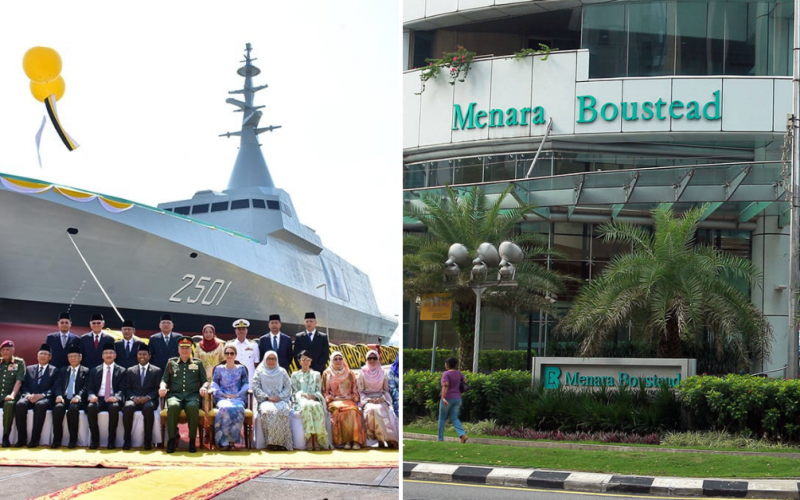Over the past couple of days, local media outlets have been rife with headlines concerning littoral combat ships (LCS), the Malaysian Ministry of Defence, and the RM6 billion that went into a bulk order of six vessels. But what exactly is going on in the heart of this most recent controversy that has mired the nation?
Well to answer that, we first need to understand what littoral combat ships (LCS) are. Across the board, modern warships are broken down into seven main categories based upon their size and purpose, namely:
- Aircraft carriers
- Cruisers
- Destroyers
- Frigates
- Corvettes
- Submarines
- Amphibious Assault Ships
In the case of littoral combat ships, they are a relatively new class of surface combat ship introduced by the United States Navy and are comparable in size with corvettes. They were developed to operate in the littoral zone, which is defined as the region of the ocean that begins from the beginning of the shoreline all the way to the ends of the continental shelf, as implied by their name.
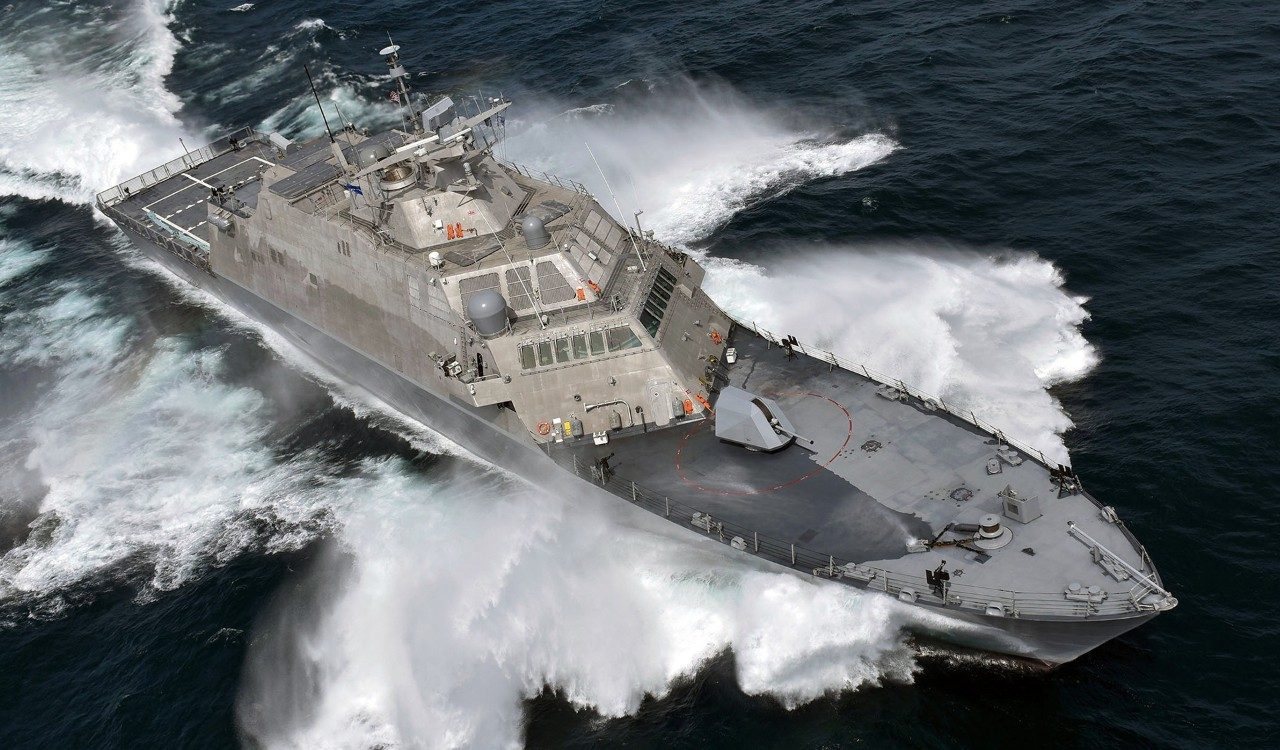
Littoral combat ships belong in two different categories respectively: the Freedom class, and Independence class. According to American news outlet CNBC, the Freedom class LCS is made with a traditional steel hull with an aluminum superstructure, whereas the Independence class features an all-aluminum trimaran design.
The Littoral Combat Ship (LCS) project was first announced in 2011
Now in the case of Malaysia, the issue of littoral combat ships first began back in December 2011, when the Ministry of Defence had awarded a contract amounting to RM9 billion to Boustead Naval Shipyard Sdn Bhd for the manufacture of six littoral combat ships.
These six ships had been intended to form part of the Malaysian Royal Navy’s fleet renewal plans, with the ultimate objective being to reduce the amount of ship classes from 15 to only 5. The contract would subsequently be signed in 2014.
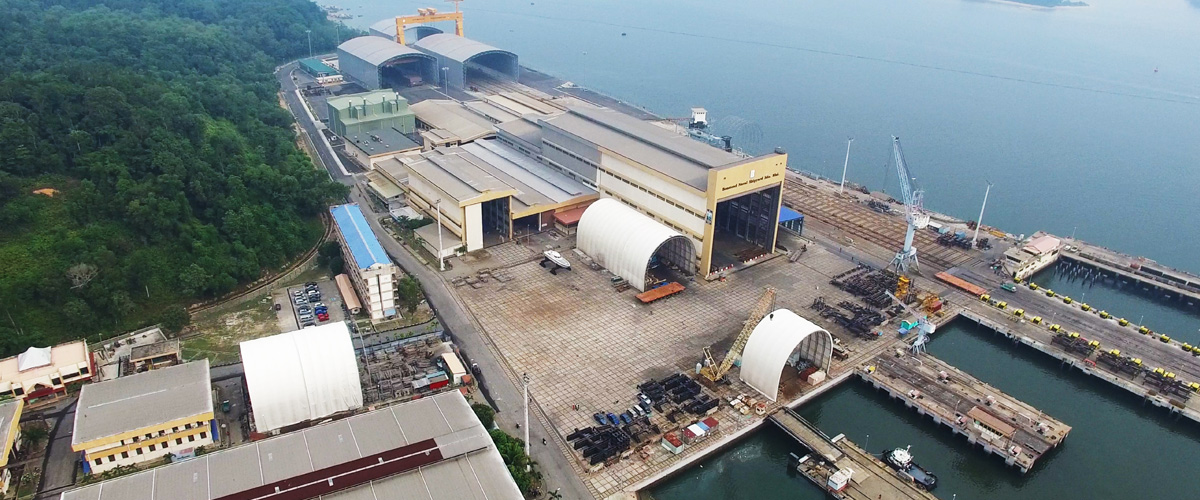
According to Boustead’s official website on littoral combat ships (LCS), the vessels are capable of performing complex naval missions that cover all four dimensions of modern warfare, including anti-air warfare, anti-surface warfare, anti-submarine warfare and electronic warfare.
The construction period, which stretched across a period of ten years, was supposed to have seen the first ship handed to the navy in April 2019. The second and third ships were meant to have been completed by February and December of 2020, the fourth in October 2021, the fifth in August 2022, and the last unit by June 2023, according to Bandar Kuching MP Dr Kelvin Yii.
None of the ships have been delivered over a 10-year period
However, a 250-page report tabled by the Malaysian parliament’s Public Accounts Committee (PAC) just last week has now revealed that none of the six ships that were ordered since 2014 have been delivered.
This is in light of the fact that the government has already paid off RM6.08 billion, or 66.65% of the cost to date. The PAC’s report follows after a two-year probe into the matter, which was first raised in the Auditor-General’s Report 2019 Series and saw the PAC calling up former defence minister Datuk Seri Dr Ahmad Zahid Hamidi and other former senior officials to testify.
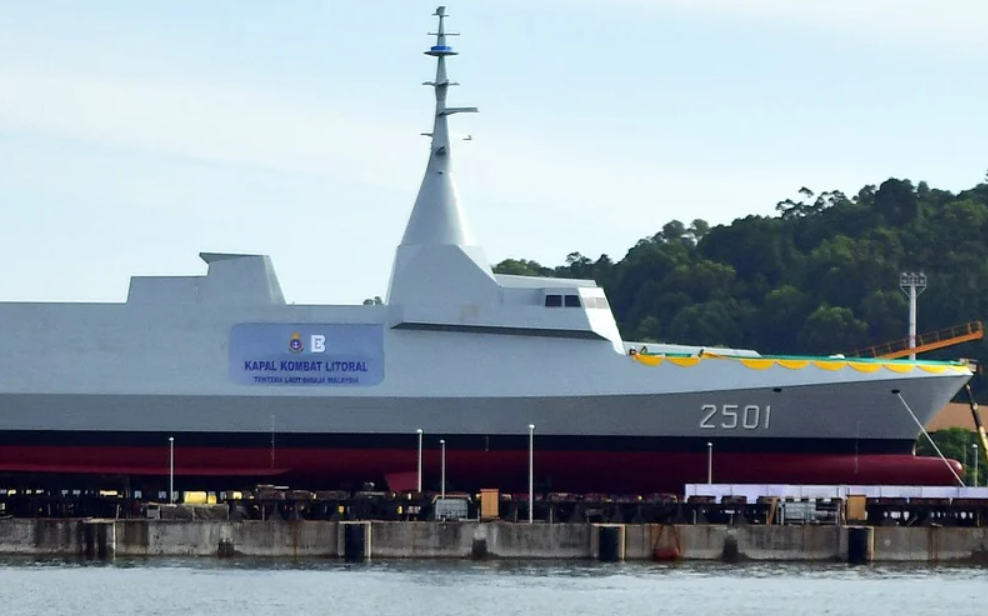
The LCS project also happens to also be the largest procurement ever recorded in the history of the Ministry of Defence. To date, the physical progress on the five vessels are as follows, according to the PAC:
- Phase 1: 44% progress, RM0.91bil paid
- Phase 2: 35% progress, RM0.747bil paid
- Phase 3: 32% progress, RM0.599bil paid
- Phase 4: 27% progress, RM0.432bil paid
- Phase 5: 16% progress, RM0.257bil paid
Work on the sixth ship, which is slated to be delivered in October of next year, has yet to begin.
“The government paid out RM6.083bil for the project, but not even one ship has been completed,”
“Based on the original schedule, five ships should have been completed and delivered by August 2022,” said PAC chairman Wong Kah Woh.
Objections were previously raised by the Royal Malaysian Navy
What is more concerning is that the Malaysian navy, which will be the end-user in the agreement, had previously objected against the design of the ships to begin with. According to Royal Malaysian Navy (RMN) chief Abdul Aziz Jaafar, the Navy had requested for the ships to feature the Sigma design introduced by Dutch company Damen Shipyard, operated using the Tacticos combat management system (CMS) from French conglomerate Thales Group.
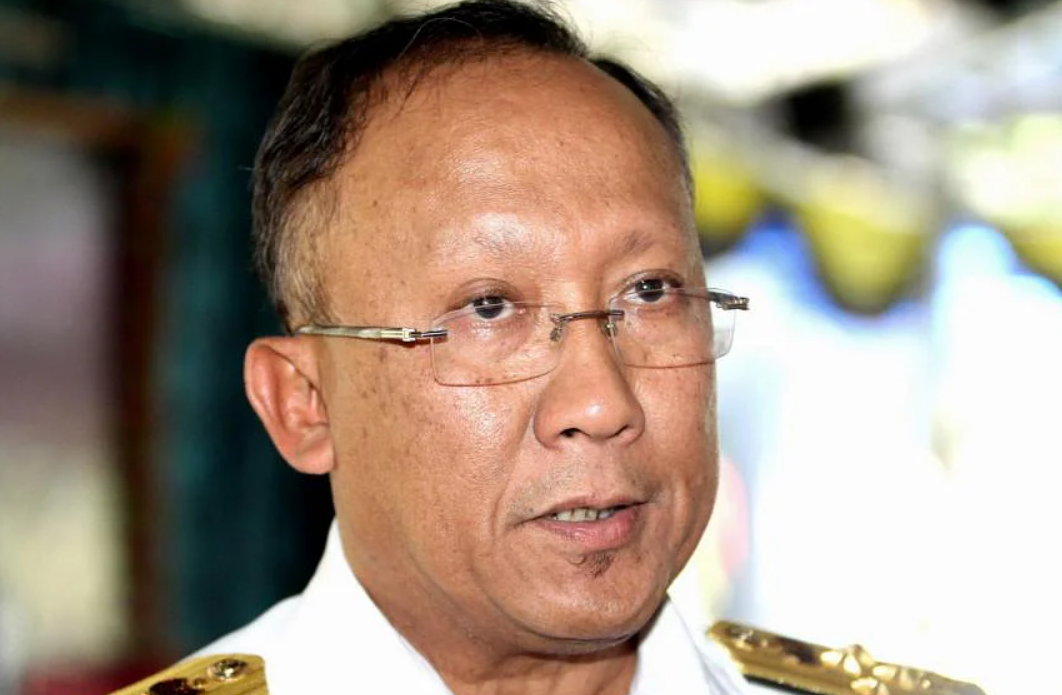
However in the face of intense lobbying efforts, BNS went with the Gowind design and Setis CMS, both of which were offered by the French Naval Group.
“The French design was not a proven design while Sigma was already operational in Indonesia, Morocco and a few other countries,” he explained, and added that Damen Shipyard had intended to make Malaysia as a hub of operations.
Aziz testified that he sent two letters addressed to then-Prime Minister Najib Razak over the matter, and five letters to then-Defence Minister Zahid Hamidi. This is in addition to 10 letters addressed to the secretary general to the Ministry of Defence, and a letter each to the Chief Secretary to the Government and secretary-general to the Treasury. All went unheard.
It was also claimed that Zahid had expressed a preference for the Gowind-Setis combination, despite Aziz receiving no written communication of that being true.
Further exacerbated by a series of poor financial decisions involving the LCS project
The situation was only further compounded by a series of poor financial decisions, including the appropriation of RM400 million in government payments meant for the LCS project being channeled into paying off bad debts incurred by Boustead Naval Shipyard Sdn Bhd during their previous New Generation Patrol Vessel (NGPV) project from 1998.
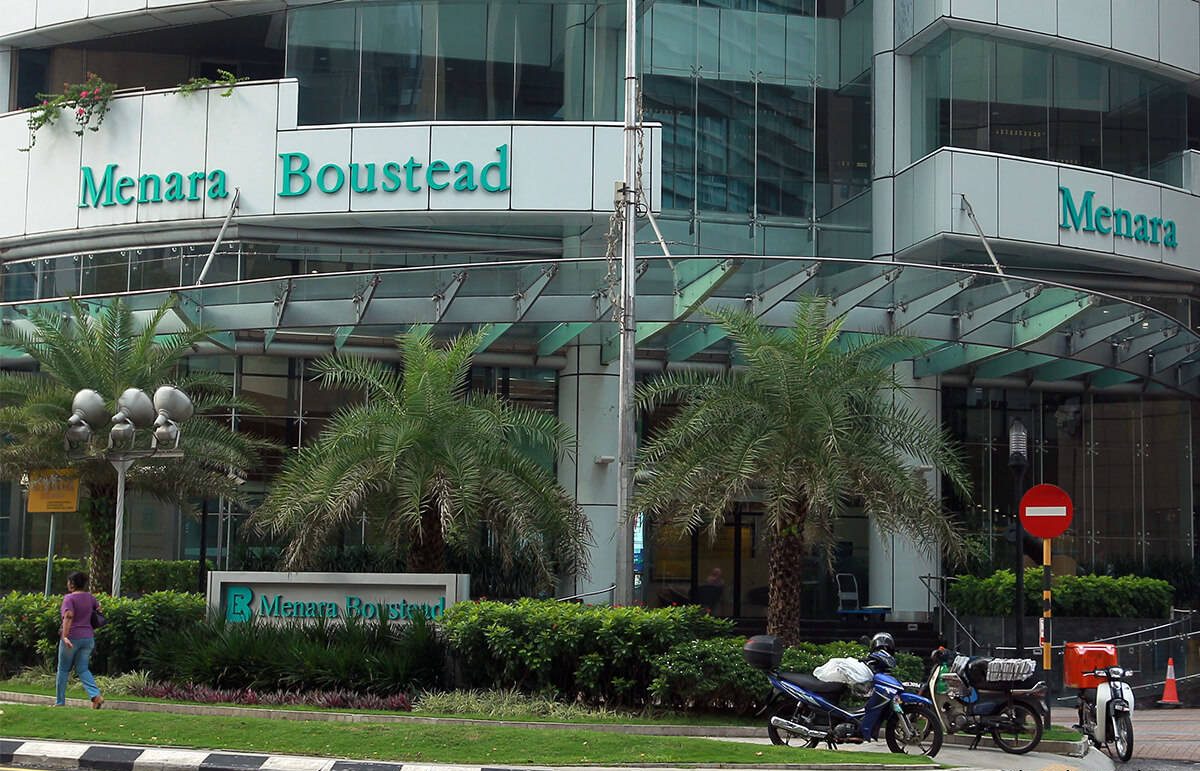
An upfront payment of RM1.36 billion was also made out to the shipyard prior to the commencement of work on the project at the time, due to the company’s weakened financial state brought on by abuse of power and deficiencies in financial management. The decision went against a Treasury circular that was issued at the time, reports The Edge Markets.
Politicians have volleyed responsibility between one another
Zahid has since denied all responsibility over the apparent failure of the LCS project. Pointing out that he was not the Defence Minister when the project was awarded, he adds that his ministry only held the portfolio for it between April 2009 to May 2013
“Those who failed in the LCS procurement must be held responsible, and they have to explain the matter to the Public Accounts Committee (PAC).
“It is to support the revelation of the delay in the delivery of the project,” he said.
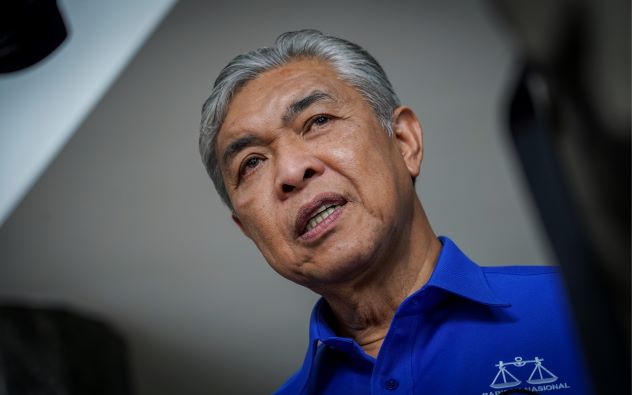
He has also alleged that the delay was attributed to the Pakatan Harapan government attempting to halt the project.
In response, Pakatan Harapan deputy defence minister Liew Chin Tong has said that Zahid needs to be held responsible for approving the project back in 2011.
“Zahid must take responsibility for the misappropriation of funds and the failure of the LCS project.
“He must not try to shirk responsibility and must answer to the people immediately,” he said.
The fate of the LCS project now
In the wake of the report’s release, PAC chairman Wong has made seven recommendations during his press conference, among which includes the declassification of the reports concerning the procurement of the LCS vessels so that they may be scruntinised. He adds that the procurement process should prioritise the needs of the end-user, in this case being the Royal Malaysian Navy.
The Ministry of Defence has been advised to review and consider all options to determine the best strategy to carry out the project and ensure that the public’s money is spent responsibly. They were also instructed to provide progress reports every 3 months to the PAC until the project’s completion.

Subsequently, investigations conducted by the Malaysian Anti-Corruption Commission into the project have also been wrapped up according to Deputy Defence Minister Ikmal Hisham Abdul Aziz.
Current defence minister Datuk Seri Hishammuddin Hussein said that his ministry has been given six months to revive the LCS project, and expects the first vessel to be delivered to the Navy within a year or two.
For more stories like this, follow us on Facebook by tapping here!




